The American Hospital Association (AHA) engaged McManis Consulting to develop a model of ACO-related start-up and ongoing costs for Accountable Care Organizations (ACOs). The recently released analysis was based primarily on information gleaned from studying four case examples of provider organizations of different types and sizes that have already established many of the 23 types of “ACO activities” in recent years. The analysis concludes that ACO-related start-up costs are between $5-12 million, and ongoing costs are between $6-14 million, depending on the size of the organization.
In part 1 of my critique of this model, I commended the work but argued that they had significantly underestimated the cost of process transformation efforts in primary care clinics and the cost of wellness and care management services. In this part 2, I am exploring the implicit assumptions made by AHA/McManis of the dis-economies of scale of smaller ACOs organized around a single hospital.
The AHA/McManis report provided cost estimates for a mid-size ACO, with 250 primary care physicians (PCP), 500 specialists, and 5 hospitals with a total of 1,200 beds. Based on an assumption of 2000 patients per PCP, I estimated the size of the population for which such an ACO is taking responsibility at about 500,000 for all payers. The AHA report also provided ACO cost estimates for a hypothetical single-hospital system, with 200 beds, 80 PCPs, 150 specialists, and, I would estimate, 160K patients. Based on those estimates, I calculated the implied “premium” for each category of costs, presumably due to the dis-economies from the smaller scale of operations. These percentages are calculated on a per patient basis, assuming that the average primary care physician’s patient panel size is the same for large and small ACOs.
As shown in the table, the AHS/McManis model estimates that both start-up and ongoing ACO costs are roughly 40% higher for a smaller ACO, which might be the largest possible ACO for many rural health care markets. The premium percentages vary widely for the different ACO activities. Surprisingly, the model implicitly assumes that the start-up cost for healthcare information technology (HIT) would be lower on a per-patient basis in a smaller ACO. However, I assume that these numbers may not be intended by the modelers. They may have just never looked at their results this way.
Why is this a good way of thinking about the cost estimates?
As health care leaders contemplate new alignments, mergers or acquisitions to create successful ACOs, they need to address the fundamental trade-off of scale. On the one hand, it has become established industry wisdom that “all health care is local” — a take-off on Tip O’Neil’s 1982 statement “all politics is local.” According to this view, a successful health care organization — including ACOs — should focus on local needs, local stakeholders and local resources. But, the obvious down-side of being local is the dis-economies that come from small scale operations. In smaller organizations, the fixed costs of management, technology and analytic infrastructure are spread over a smaller population of patients. According to the AHA/McManis model, such dis-economies appear to impose roughly 40% additional cost, which could be conceptualized as the “premium” paid to obtain more local responsiveness. Given that populations of people in different towns have the same organ systems, plagued by mostly the same diseases, it is reasonable to question whether “local-ness” is really worth paying 40% more.
In other industries, creative organizational models have evolved that attempt to achieve both local focus and large scale. For example, the “franchise” model used in retail, food services and other industries puts product development, brand management, and other functions at the home office, while retaining local ownership and leadership of franchises well suited to attend to the details of service quality and local relationship-building. When I was at Henry Ford Health System in the 1990s, we talked often about the applicability of the franchise model to health care. Tom Royer, MD, the leader of the Henry Ford physicians at the time, jokingly referred to this approach as the “french-fry model.” In that same time frame, there was a great deal of attention paid in health care organizations to the concept of the “smallest replicable unit” — sweating out the design details of the layout, processes and information systems of a single clinic or nursing unit and attempting to replicate that standardized design to other clinics or nursing units.
I predict that this fundamental trade-off between scale and local-ness will drive a lot of creative thinking over the next few years. We would be advantaged by learning from other industries that have addressed similar problems and keeping our minds open to rejecting old assumptions about the structure of our health care delivery system.


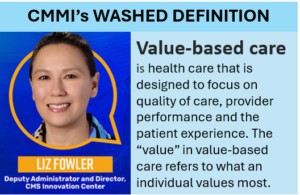
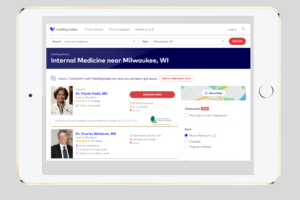

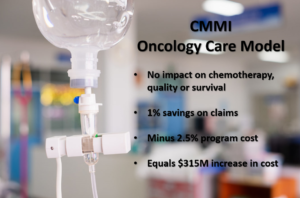





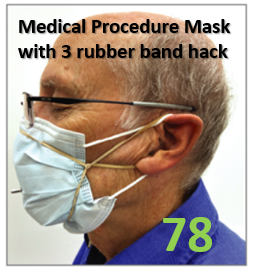
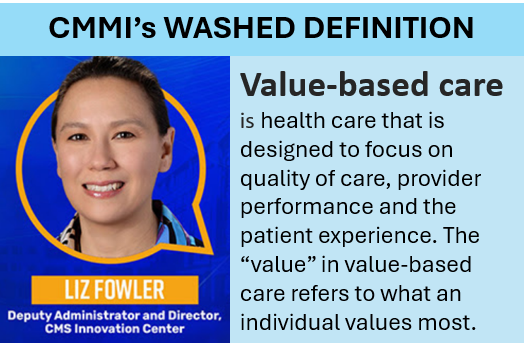
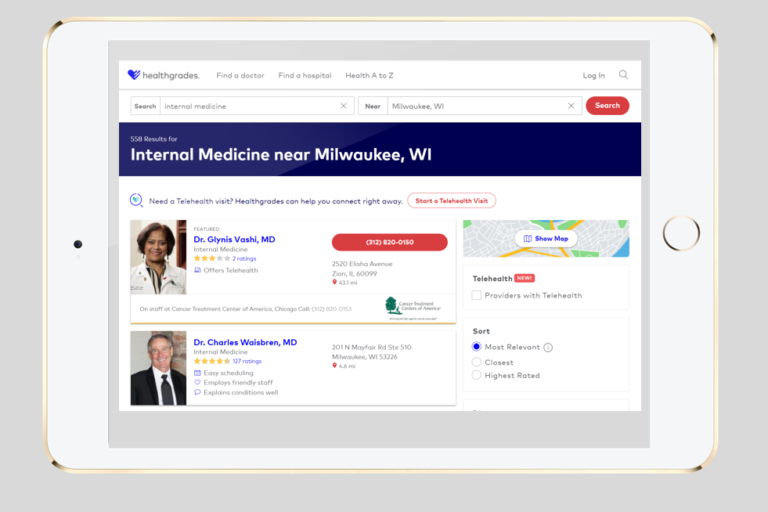

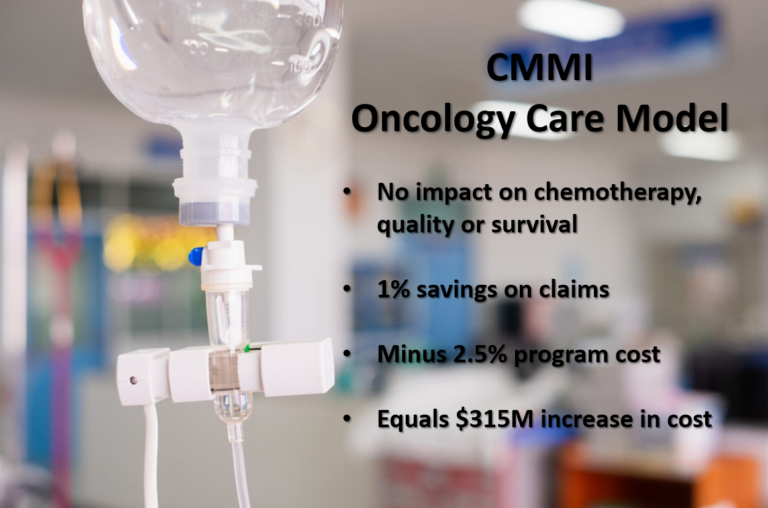

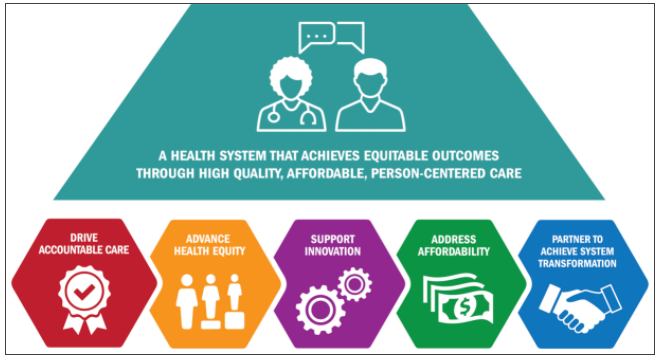
1 thought on “Part 2 of Critique of AHA analysis showing higher ACO-related costs: Is being “local” worth 40% more?”
Pingback: Mayo and Cleveland Clinic are becoming franchisers. Maybe they should focus on primary care.